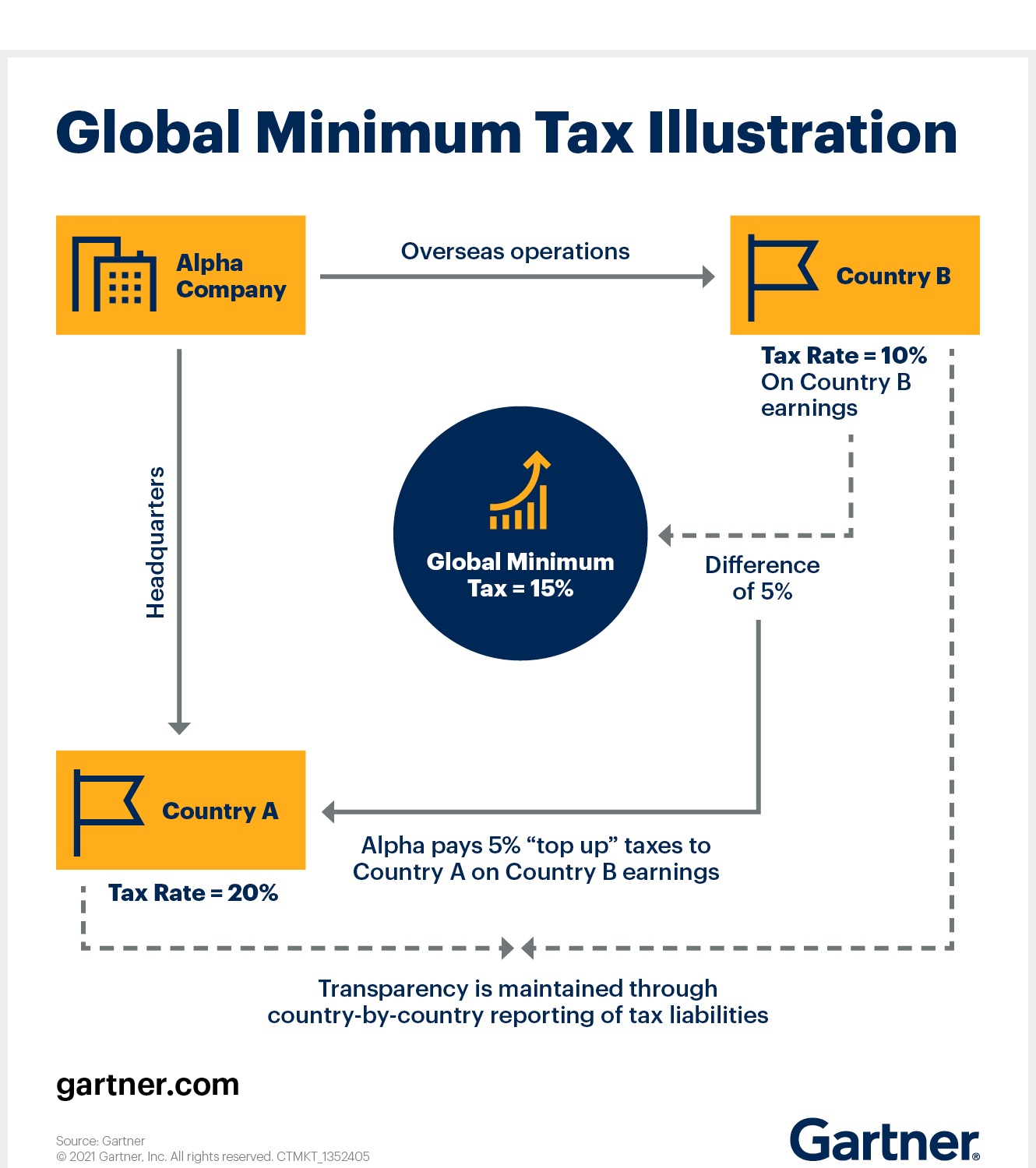7667766266
enquiry@shankarias.in
Around 136 countries have signed an agreement at the OECD meeting to redistribute taxing rights and impose a global minimum corporate tax on large MNCs operating globe over.
India, China, Russia, Germany and other countries have signed the agreement, which has to be implemented from 2023.

Source: The Hindu